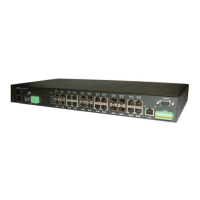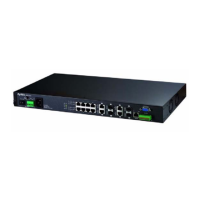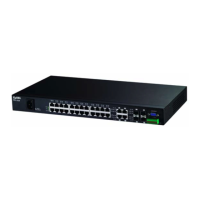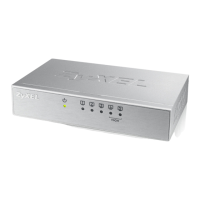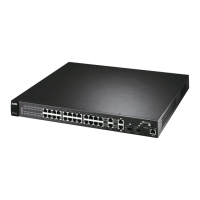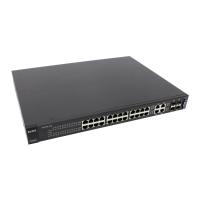Chapter 42 Access Control
MGS3520 Series User’s Guide
362
The following table describes the labels in this screen.
42.5 SSH Overview
Unlike Telnet or FTP, which transmit data in clear text, SSH (Secure Shell) is a secure
communication protocol that combines authentication and data encryption to provide secure
encrypted communication between two hosts over an unsecured network.
Table 182 Management > Access Control > Logins
LABEL DESCRIPTION
Administrator
This is the default administrator account with the “admin” user name. You cannot change the default
administrator user name. Only the administrator has read/write access.
Old Password Type the existing system password (1234 is the default password when shipped).
New Password Enter your new system password.
Retype to
confirm
Retype your new system password for confirmation
Edit Logins
You may configure passwords for up to four users. These users have read-only access. You can give users
higher privileges via the CLI. For more information on assigning privileges see the Ethernet Switch CLI
Reference Guide.
User Name Set a user name (up to 32 ASCII characters long).
Password Enter your new system password.
Retype to
confirm
Retype your new system password for confirmation
Privilege Type the privilege level for this user. At the time of writing, users may have a privilege
level of 0, 3, 13, or 14 representing different configuration rights as shown below.
• 0 - Display basic system information.
• 3 - Display configuration or status.
• 13 - Configure features except for login accounts, SNMP user accounts, the
authentication method sequence and authorization settings, multiple logins,
administrator and enable passwords, and configuration information display.
• 14 - Configure login accounts, SNMP user accounts, the authentication method
sequence and authorization settings, multiple logins, and administrator and enable
passwords, and display configuration information.
Users can run command lines if the session’s privilege level is greater than or equal to
the command’s privilege level. The session privilege initially comes from the privilege
of the login account. For example, if the user has a privilege of 5, he/she can run
commands that requires privilege level of 5 or less but not more.
Apply Click Apply to save your changes to the Switch’s run-time memory. The Switch loses
these changes if it is turned off or loses power, so use the Save link on the top
navigation panel to save your changes to the non-volatile memory when you are done
configuring.
Cancel Click Cancel to begin configuring this screen afresh.
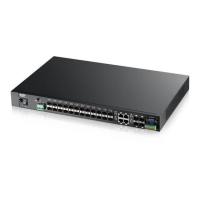
